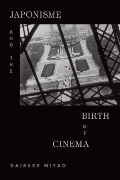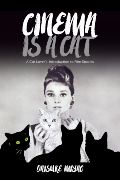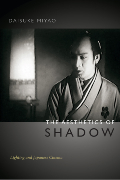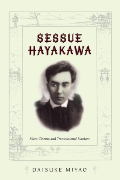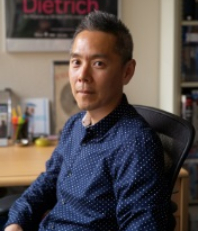
- dmiyao@ucsd.edu
-
Arts & Humanities Bldg (RWAC)
Room 288
Mail Code: 0410
Professor

Considering cinema to be a transnational cultural form from the beginning of its history and simultaneously to be a national entity, formed by specific discourses on nationalism and modernization, Professor Miyao has been conducting research on film history. His interdisciplinary training in cinema studies, East Asian studies, and American studies, combined with his bicultural background, living and studying both in Japanese and North American academia, made it possible for him to recognize that the study of film could benefit from cross-cultural and interdisciplinary perspectives. Professor Miyao received his B.A. in American Studies from the University of Tokyo in 1993 (with honor), M.A. in Area Studies from the University of Tokyo in 1995, M.A. in Cinema Studies from New York University in 1997, and Ph.D. in Cinema Studies from New York University in 2003 (with distinction). Before joining the UCSD faculty in 2014, he taught at Columbia University as Postdoctoral Fellow in Expanding East Asian Studies Program, the University of California, Berkeley as Postdoctoral Fellow in Film Studies, and the University of Oregon where he chaired the Department of East Asian Languages and Literatures. He received, among others, NEH Summer Stipends in 2015, ACLS/SSRC/NEH International and Area Studies Fellowship in 2010-11, Center for the Study of Women in Society Research Grant in 2010-11, and Oregon Humanities Center Research Award in 2009. He has served as a visiting professor at the Global Studies Program of Université Jean Moulin Lyon 3 in France in 2012-13 and Spring 2024.
Languages: English, Japanese, French
